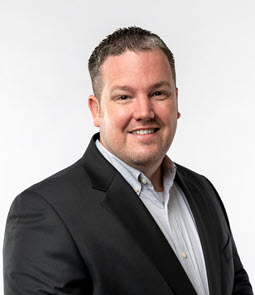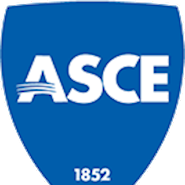 ]
] Ryan Maw, P.E., G.E., D.GE, F.ASCE, a geotechnical engineer and a principal at Gerhart Cole, has been named a fellow by the ASCE Board of Direction.
Maw’s experience comprises providing innovative and practical solutions to infrastructure challenges and geologic hazards as a technical consultant and practitioner on projects across the Intermountain West and West Coast. His project portfolio spans a wide range of infrastructure types as well as geologic conditions, and includes design, construction, and monitoring of foundations, embankments, and geotechnical assets. He has successfully delivered high-profile projects in traditional design-bid-build, progressive design-build, design-build, and CM/GC environments.
His expertise and areas of interest include field and laboratory study methods; site characterization; lightweight materials; geotechnics in transportation; earthworks; shallow and deep foundations; slope stability; retaining walls; water distribution / pipeline systems; flood control; slurry/cutoff walls; mining; earthquake engineering; and geotechnical asset management. Maw’s commitment to the civil engineering discipline centers on the responsibility of civil engineers to be stewards of society’s infrastructure and to create resilient communities.
As a member of ASCE, Maw has been involved on a national level as a member of the Embankments, Dams, Slopes, and Earthquake Engineering and Soil Dynamics and Local Involvement Committees. Locally, he has been involved as the vice chair of the Utah ASCE Infrastructure Report Card and chair / vice chair of the Utah chapter of the ASCE Geo-Institute. He has been recognized nationally by the Society for his contributions to research, industry, and practice. He strongly believes in lifelong professional development, project stakeholder partnering, and the ability of committed teams to overcome challenges to do great things.
Maw completed his undergraduate and graduate education at Utah State University. His graduate research involved the coordination of multiple teams, state and federal transportation officials, and a panel of experts with a focus on a potential failure modes analysis for a portfolio of earthen structures for the Utah Department of Transportation.



